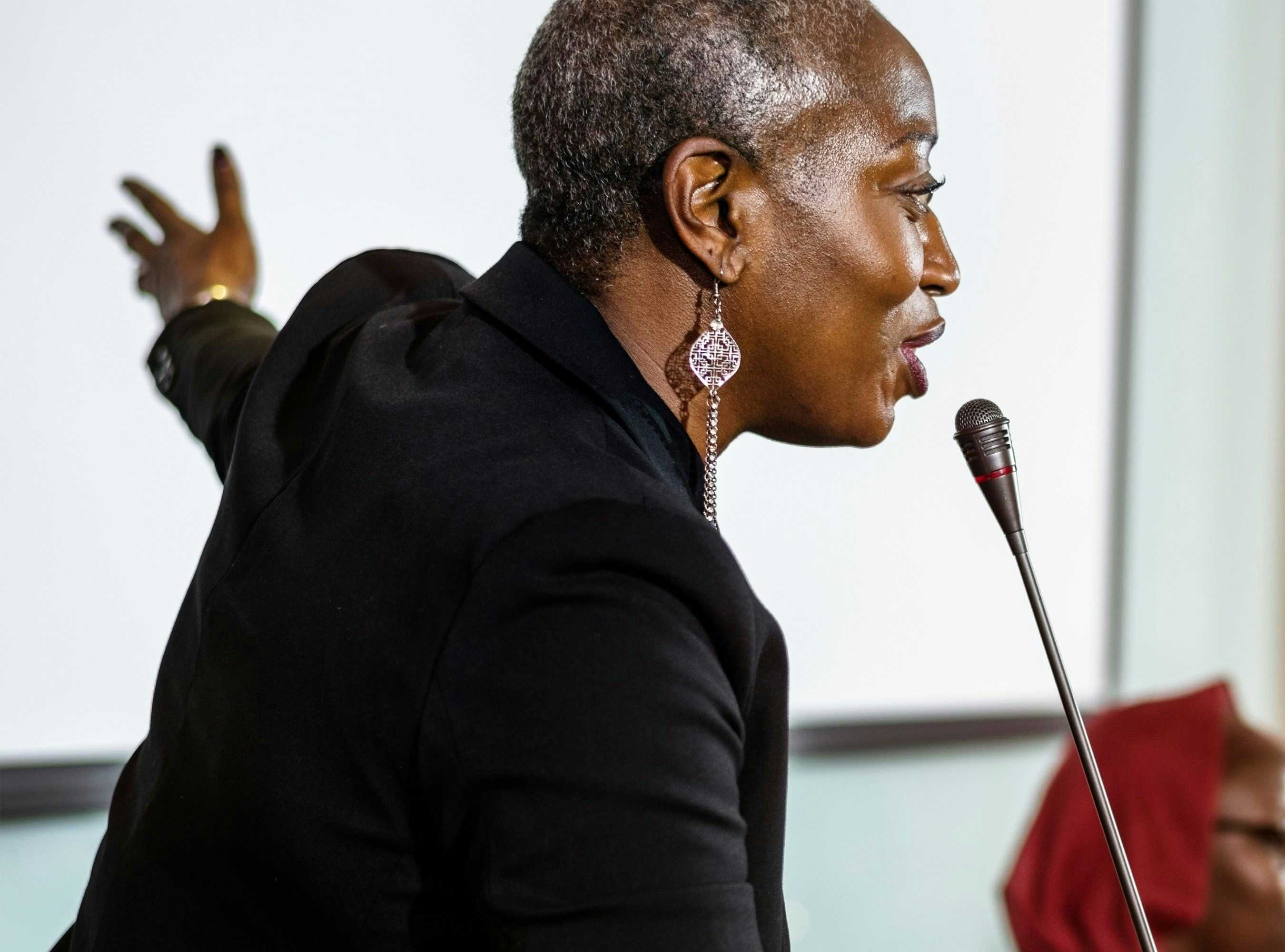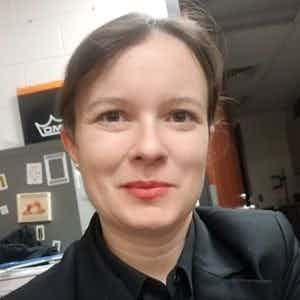The Difference Between Direct Examination and Cross Examination
Direct examination and cross examination both involve questioning expert witnesses in court. The difference between the two is in whose witness is being questioned.
Updated on
Although direct examination and cross examination are closely related, successfully conducting each one effectively requires a distinct skill set.
Direct Examination: Questioning Your Own Expert Witness
Direct examination involves an attorney questioning their own expert witness. The advantage of direct examination is that the attorney has (hopefully) met or worked with the expert prior to trial. During this collaborative preparation, the attorney has the opportunity to explore the expert’s opinions in depth, confirm that the expert’s opinions are inline with their case theory, and help the expert witness refine their testifying techniques.
These advantages, however, do not mean that direct examination of an expert witness is easy or should be taken lightly. Throughout direct examination, focus on specific goals: To prove your case, to craft a compelling narrative, and to build trust between the fact-finder and your expert witness.
Because the Federal Rules of Evidence and corresponding state rules require an expert witness to be recognized as such before they are allowed to render opinions, the organization of your direct examination is crucial.
Direct Examination Tips
Begin with your expert’s qualifications. Consider how these qualifications establish their position as an expert and help to build the story that supports your case theory. A dry list of degrees earned or jobs worked is likely to bore a jury. A well-crafted exploration of credentials, however, can help a jury appreciate or even admire an expert as one of the top minds in their field.
Once the witness is qualified, direct examination should lead the judge and jury clearly through the expert’s opinions and the basis for them. If there are obvious avenues of attack on an expert witness’s opinion—such as two clearly conflicting methods of analysis or an expert’s long history of appearing in similar trials—consider addressing them on direct examination. Doing so will help show the jury that your expert has nothing to hide and can actually boost credibility when done well.
Prepare your expert to summarize their conclusions at the end of direct examination. Consider using visual aids to boost the jury’s memory of these conclusions and the key facts that led to them.
Cross Examination: Questioning an Opposing Expert Witness
On cross-examination, an attorney typically questions a witness presented by the opposing party. An opposing party’s expert witness can be expected to have offered opinions and conclusions that favor that party’s view of the case.
Cross-examination provides an opportunity to bring up facts that are inconvenient to the opposing party’s position, which are often elided during direct examination. The primary difficulty in cross-examining expert witnesses, however, is that the expert has far more knowledge and expertise in the technicalities of the subject matter than the attorney does.
While an attorney cannot reasonably be expected to know an expert’s field as well as the expert, an attorney should know the facts of the case as well as, or better than, the expert. Since an expert’s opinion is limited to the facts of the case before them, a strong knowledge of those facts will allow an attorney to delve deeply into how the expert’s opinion applies (or doesn’t) to those particular facts.
Cross Examination Tips
Preparation is crucial. For example, during depositions, ask for any studies or research the expert mentions, and read them. Like case law, a scientific study may at first appear to be “on all fours” with an expert witness’s opinion, but on closer examination may be limited by the design of the study or may even come to contradictory conclusions. Asking open-ended questions during depositions or pretrial meetings can also help an attorney assess an expert’s demeanor, speaking style, and other factors that affect credibility and comprehensibility from the jury’s perspective.
With a clear understanding of the facts and the expert’s foundation and approach in mind, consider whether one or more unconventional tactics can effectively communicate key themes in cross-examination to the jury. For instance, use of visual aids can help jurors remember key points.
Using an expert’s visual aid during cross-examination can be particularly valuable. Imagine, for example, an expert who writes out their key findings on a whiteboard, only to face an attorney who writes out key weaknesses, exceptions and caveats on the same whiteboard as these are revealed in cross-examination.
By knowing the facts well and exploring key avenues of weakness, attorneys can perform effective cross-examination of opposing experts while also underscoring the credibility of their own expert witness. This two-pronged approach can be extremely effective in persuading the trier of fact to see the case from the point of view most favorable to your client.
About the author
Dani Alexis Ryskamp, J.D.
Dani Alexis Ryskamp, J.D., is a multifaceted legal professional with a background in insurance defense, personal injury, and medical malpractice law. She has garnered valuable experience through internships in criminal defense, enhancing her understanding of various legal sectors.
A key part of her legal journey includes serving as the Executive Note Editor of the Michigan Telecommunications and Technology Law Review. Dani graduated with a J.D. from the University of Michigan Law School in 2007, after completing her B.A. in English, summa cum laude, in 2004. She is a member of the Michigan State Bar and the American Bar Association, reflecting her deep commitment to the legal profession.
Currently, Dani Alexis has channeled her legal expertise into a successful career as a freelance writer and book critic, primarily focusing on the legal and literary markets. Her writing portfolio includes articles on diverse topics such as landmark settlements in medical negligence cases, jury awards in personal injury lawsuits, and analyses of legal trial tactics. Her work not only showcases her legal acumen but also her ability to communicate complex legal issues effectively to a wider audience. Dani's blend of legal practice experience and her prowess in legal writing positions her uniquely in the intersection of law and literature.
Subscribe to our newsletter
Join our newsletter to stay up to date on legal news, insights and product updates from Expert Institute.
Sign up nowA Sample Voir Dire: How To Qualify An Expert Witness
Download free white paperChallenging Opposing Experts: Advanced Research Techniques
Download free white paperCross Examining Expert Witnesses: The Ultimate Guide
Download free white paper
Subscribe to our newsletter
Join our newsletter to stay up to date on legal news, insights and product updates from Expert Institute.



